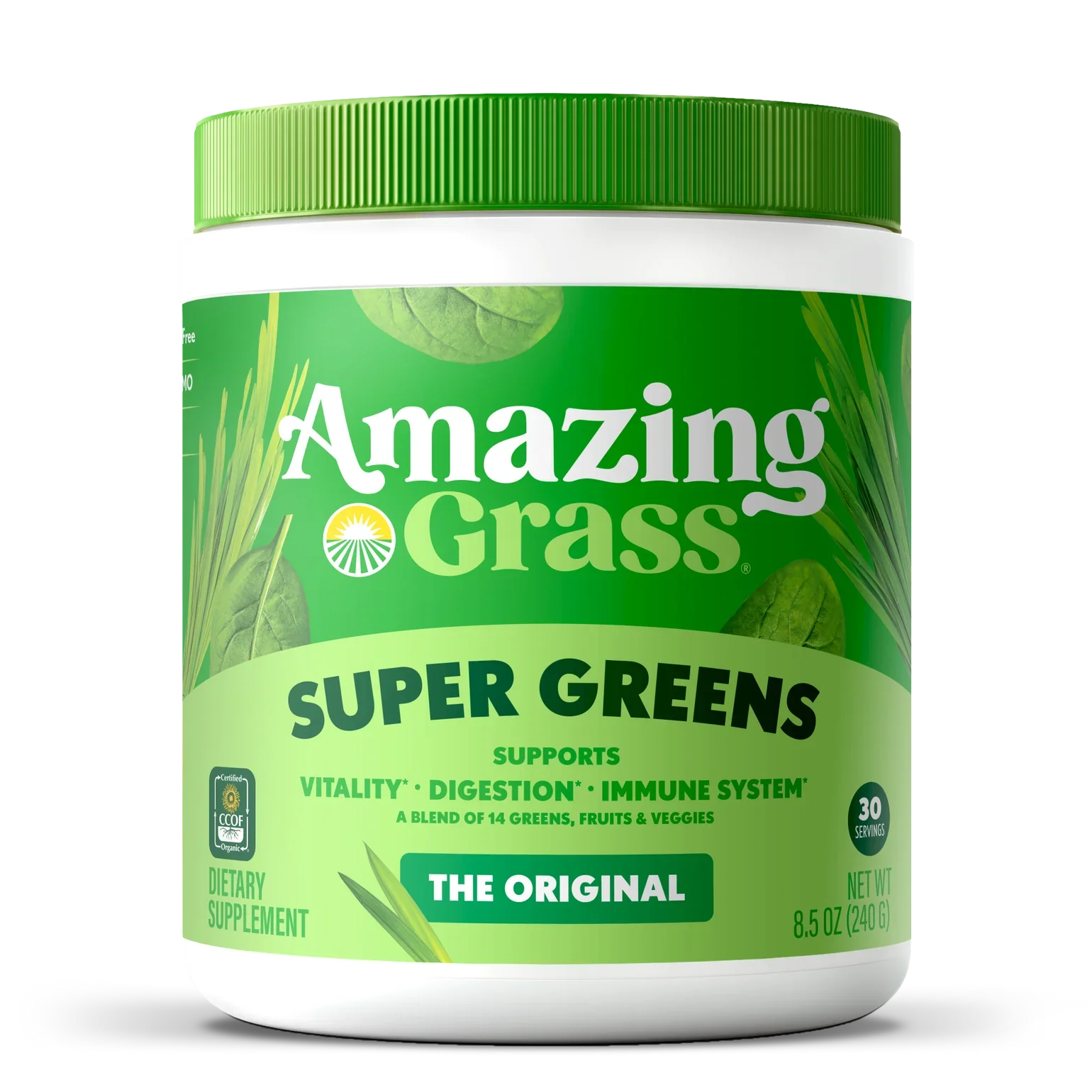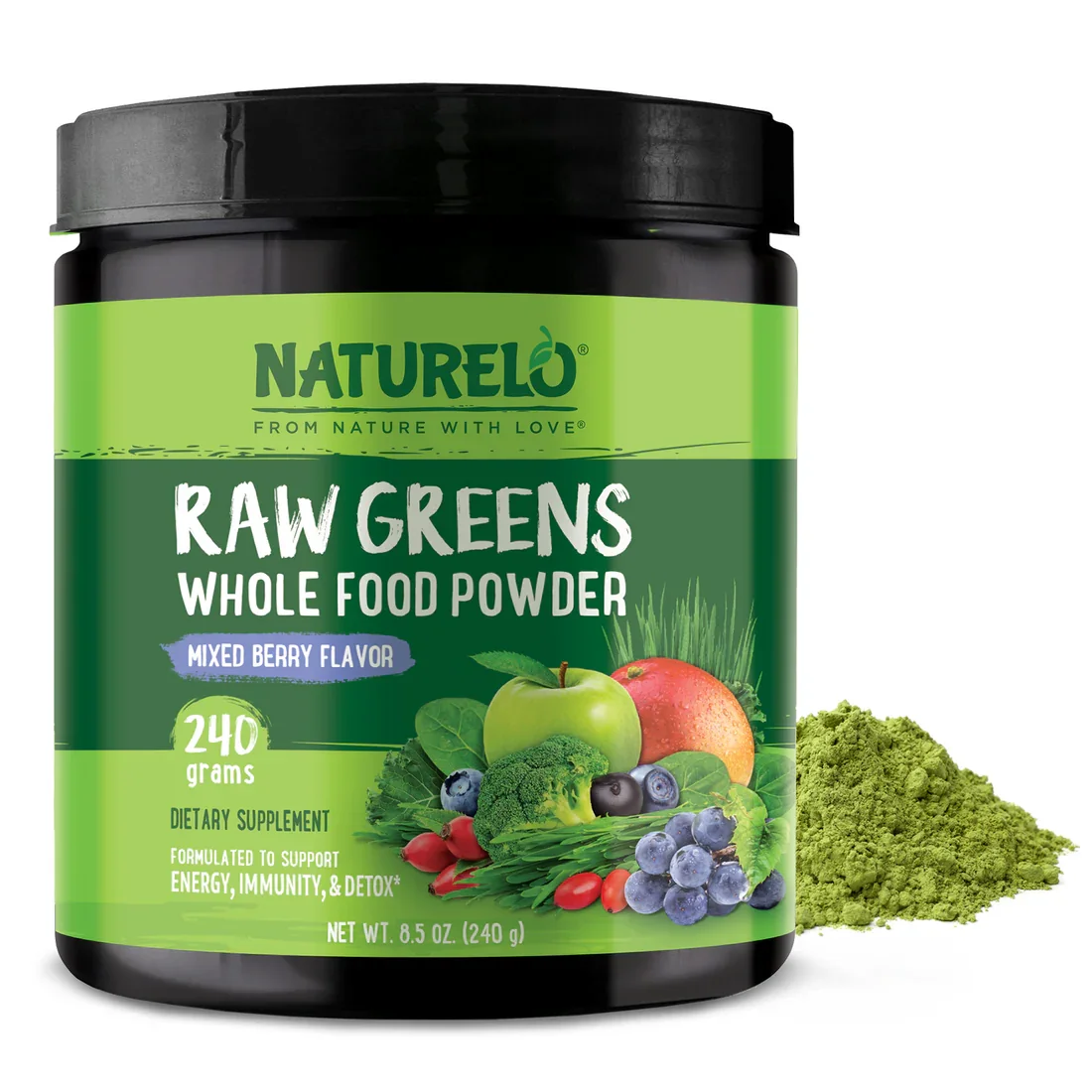Dehydrated Fruit–Vegetable Powders
Functional Profile of
Dehydrated Fruit–Vegetable Powders
Dehydrated fruit–vegetable powders are concentrated blends of whole foods that have been gently dried at low temperatures to preserve enzymes, vitamins, minerals, and phytonutrients. They provide the nutrient density of fresh produce in a form that’s shelf-stable, versatile, and easy to incorporate into daily routines. When sourced from organically grown, minimally processed plants, these powders retain the synergistic intelligence of nature’s design meaning nutrients come bound with their natural cofactors, fiber, and color compounds, enhancing absorption and balance.
From a terrain perspective, dehydrated produce powders (once mixed into liquids or foods) support deficient, dry, and atrophic terrains, where the body’s tissues lack moisture, tone, and micronutrient reserves. They help rebuild the foundation of nourishment, replenishing minerals, trace elements, and antioxidants without overstimulating the system. Because they carry both earthy grounding and light circulatory qualities, they restore vitality to depleted terrains while keeping stagnation and heaviness at bay.
-
👉 Tastes describe the initial impression a food or herb leaves on the tongue, and they reveal its deeper actions in the body, shaping digestion, circulation, and tissue response.
Sweet – Nourishing, restorative, and moistening to tissues.
Astringent – Gently tonifying, firming, and supportive to the mucous membranes.
Slightly Bitter (in green powders) – Enhances digestion and mild detoxification through the liver and gallbladder.
-
👉Qualities describe the felt nature of a substance or practice, and how it acts in the body beyond nutrients or chemistry.
Moistening – Rehydrates dry or depleted tissues through natural sugars and electrolytes.
Grounding – Nourishes deeply while calming overactive or anxious states.
Light – Easy to digest and suitable for daily use without heaviness.
Restorative – Rebuilds nutrient reserves gently, supporting resilience over time.
Stabilizing – Balances mild reactivity or deficiency-driven heat.
-
Dehydrated fruit–vegetable powders exert their benefits through a combination of nutrient synergy, antioxidant signaling, and microbiome modulation rather than through isolated pharmacologic effects. When reconstituted in water or blended into food, they become bioavailable sources of plant-based vitamins, minerals, and polyphenols that restore terrain function at a cellular level.
Nutrient Repletion and Enzyme Support:
The naturally preserved cofactors—such as magnesium, zinc, and B-vitamins—support mitochondrial ATP production and enzymatic reactions essential for energy metabolism. This promotes steady cellular renewal in atrophic or hypometabolic terrains without the overstimulation seen in synthetic isolates.Antioxidant Signaling and Redox Balance:
Polyphenols and carotenoids modulate the Nrf2 pathway, upregulating endogenous antioxidant enzymes (glutathione peroxidase, superoxide dismutase). This mechanism decreases oxidative stress across the circulatory, hepatic, and nervous systems, protecting cell membranes from free-radical injury.Microbiome and Short-Chain Fatty Acid Production:
The soluble fibers and resistant starches in the powders act as prebiotics, encouraging beneficial bacteria to produce short-chain fatty acids such as butyrate. These compounds improve mucosal tone, reduce intestinal inflammation, and regulate immune tolerance—vital for terrain stability.Detoxification and Liver Phase Enzyme Regulation:
Chlorophyll, glucosinolates, and sulfur-containing phytonutrients enhance hepatic Phase II conjugation (glutathione, glucuronidation, and sulfation pathways), improving clearance of metabolic waste without depleting reserves.Endocrine and Nervous System Modulation:
Balanced micronutrients influence neurotransmitter synthesis (particularly serotonin and dopamine through B-vitamin-dependent pathways) and stabilize the hypothalamic-pituitary-adrenal axis, reducing excitatory terrain patterns like tension and erratic regulation.Vascular Elasticity and Nitric Oxide Pathways:
Flavonoids and nitrates in colorful fruits and leafy greens support endothelial nitric-oxide synthase activity, improving microcirculation and regulating vascular tone. -
Smoothie Additions: 1–2 teaspoons added to fruit, nut milk, or yogurt-based blends.
Warm Drinks: Stir into warm water or herbal infusions (not boiling) to preserve enzymes.
Add to Meals: Mix into soups, porridges, or salad dressings for gentle nutrient enhancement.
Powder Blends: Combine greens, roots, and berries to balance grounding and circulation.
Indicated Patterns by Affinity
👉 Indicated patterns describe the functional state of the body and its organs and/or tissues, showing whether they are dry, atrophied, too damp (pressure), stagnant, lax, inflammed, sluggish, tense or underactive. The Primary Indicated Pattern is the main state where this remedy works best. Secondary Indicated Pattern(s) are the patterns that often develop over time when the primary state is left unaddressed. The primary pattern must be supported first, as this allows the secondary patterns to naturally ease or resolve.
👉Affinities are the organ systems and tissues where the remedy acts most strongly.
-
Dryness / Atrophy (Primary Indicated Pattern) – Weak digestion and tissue depletion due to chronic undernourishment or low enzyme activity. Examples: poor appetite, bloating, sluggish elimination, nutrient malabsorption.
The powders’ moistening and grounding nature replenishes digestive secretions and improves assimilation through naturally buffered nutrients.
Depression (Secondary Indicated Pattern) – Slow metabolism and diminished digestive fire.
Examples: fatigue after eating,Mildly activating green or root-based blends provide gentle warmth and vitality without overstimulating the terrain.
-
Dry / Atrophic (Primary Indicated Pattern) – Poor microcirculation and low antioxidant status, leading to sluggish repair and pallor.
Examples: dull skin, cold hands and feet, easy fatigue.The light and circulating nature of colorful fruit compounds (anthocyanins, carotenoids) improves microvascular tone and oxygen delivery.
Congestive Pressure (Secondary Indicated Pattern) – Blood stagnation or heaviness from poor dietary quality.
Enzyme-rich powders improve fluid dynamics and cellular uptake, supporting lymphatic and venous return.
-
Toxic Congestion (Primary Indicated Pattern) – Accumulation of metabolic waste or sluggish detox pathways.
Examples: dull complexion, irritability, or headaches.The natural bitters and chlorophyll-rich greens promote gentle liver clearance without depleting the body’s reserves.
-
Collapse / Hypofunction (Primary Indicated Pattern) – Fatigue, stress, or nutrient deficiency leading to endocrine depletion.
The restorative sweetness and mineral density of these powders nourish adrenal and thyroid function through gradual replenishment rather than stimulation.



-
👉 Medicinal actions describe the specific ways a food influences organ systems and body functions.
Digestive Supportive – Encourages gentle enzyme activity and promotes nutrient assimilation, especially in dry or atrophic digestive terrains.
Prebiotic – Provides natural plant fibers and polysaccharides that feed beneficial gut flora and support microbiome balance.
Antioxidant – Neutralizes free radicals and protects cellular integrity, especially within the circulatory, liver, and skin systems.
Microcirculatory Enhancer – Improves oxygenation and capillary tone through carotenoids, flavonoids, and chlorophyll-rich pigments.
Hepatoprotective – Nourishes liver function and supports mild detoxification by enhancing bile flow and reducing metabolic congestion.
Glucose Modulating – Stabilizes blood sugar by slowing absorption and supporting balanced carbohydrate metabolism.
Rejuvenative (Rasayana) – Promotes long-term tissue renewal, vitality, and recovery after depletion or chronic stress.
Anti-inflammatory – Reduces systemic reactivity and inflammation through naturally synergistic antioxidants and polyphenols.
Mood Stabilizing – Calms the nervous system and steadies energy by replenishing minerals and B vitamins that modulate stress response.
-
👉 Constituents are the natural compounds in a food that give rise to its actions in the body.
Dehydrated fruit–vegetable powders retain a broad spectrum of naturally occurring phytonutrients, vitamins, and minerals that act synergistically to nourish and restore balance to the terrain. The exact composition depends on the source ingredients, but most blends contain:
Vitamins A, C, E, and K – Antioxidants that protect cells from oxidative stress and support tissue repair.
B-complex vitamins – Support nervous system tone, energy metabolism, and adrenal resilience.
Plant minerals – Including potassium, magnesium, calcium, and trace elements that maintain electrolyte balance and hydration.
Phytonutrients – Such as carotenoids, flavonoids, and polyphenols that enhance circulation and modulate inflammation.
Chlorophyll (in green powders) – Gently detoxifying, deodorizing, and alkalizing to the blood.
Enzymes and fiber – Support digestive regularity and assimilation.
These constituents are naturally buffered within their food matrix, minimizing risk of irritation or imbalance.
-
1st–2nd Degree (Mild to Moderate): Nourishes and rebuilds slowly but deeply. Over time, consistent use transforms deficiency-based terrains into resilience and clarity without risk of overstimulation.
-
Because dehydrated fruit–vegetable powders are whole-food derived, they have minimal direct interactions with herbal or pharmaceutical medicines. However, some mild considerations include:
High-antioxidant blends (rich in berries, greens, or superfruits) may slightly reduce absorption of iron supplements or certain prescription drugs if taken simultaneously.
→ Best to space intake 1–2 hours apart.High-fiber powders can slow absorption of fast-acting medications if consumed in large amounts.
→ Separate by at least 90 minutes from pharmaceuticals or fat-soluble supplements.Detoxifying blends with strong greens (like chlorella or wheatgrass) may amplify the effects of liver-clearing herbs (e.g., milk thistle, dandelion root), which is usually beneficial but should be monitored in sensitive individuals.
Overall, these powders are gentle, food-safe, and synergistic with most herbal regimens when used in moderate amounts.
-
Dehydrated fruit–vegetable powders are considered safe for long-term daily use when sourced from clean, organic produce and free of additives or synthetic isolates.
However:Digestive Sensitivity: Large doses of green or cruciferous-based powders may cause mild gas or bloating in individuals with sluggish digestion. Begin with small amounts and increase gradually.
Iron Deficiency: Excessive intake of high-oxalate greens (spinach, beet greens) could slightly reduce iron absorption in sensitive individuals. Rotate sources to maintain mineral balance.
Allergies or Sensitivities: People with sensitivities to certain plants (e.g., nightshades, celery, or grasses) should check ingredient lists carefully.
Infants and Toddlers: Use only small diluted amounts if approved by a qualified practitioner.
When blended with water, smoothies, or moist foods, these powders act as safe, gentle restoratives suitable for daily nourishment and terrain rebuilding.
-
Traditional Sources
Ayurvedic Materia Medica: Emphasis on rasayana (rejuvenative) foods that restore ojas and build vital essence.
Hippocratic and Galenic Texts: Advocacy of “food as medicine,” using fruits and greens to balance humoral heat and dryness.
European Herbal Traditions: Dried vegetable powders historically prescribed as gentle tonics for convalescence and seasonal depletion.
Modern Sources
Boyer, J., & Liu, R. H. (2004). Apple phytochemicals and their health benefits.Nutrition Journal, 3(5).
Slavin, J. L., & Lloyd, B. (2012). Health benefits of fruits and vegetables.Advances in Nutrition, 3(4), 506–516.
Pugliese, A., et al. (2018). Effects of fruit and vegetable powders on antioxidant status and oxidative stress.Food Research International, 107, 347–356.
Van Duyn, M. A., & Pivonka, E. (2000). Overview of health benefits of fruit and vegetable consumption for the dietetics professional.Journal of the American Dietetic Association, 100(12), 1511–1521.
Rodriguez-Mateos, A., et al. (2014). Berry (poly)phenols and cardiovascular health: mechanisms and evidence.Nutrients, 6(10), 6185–6217.
Wallace, T. C., et al. (2020). The role of whole food nutrition and phytochemicals in modulating oxidative stress and inflammation.Frontiers in Nutrition, 7, 86.


